Will Monad launch a new wave of public chain replacement by injecting Solana's gene into EVM?

Reprinted from panewslab
02/20/2025·3MAuthor: Shenchao TechFlow
Introduction: When Solana's gene is injected into EVM
In 2023, Solana returns to the center of the crypto stage with a surprisingly revival. From AI infrastructure to SocialFi applications, from Meme frenzy to high-frequency trading protocols, the innovation and wealth effects of the Solana ecosystem have attracted the attention of the entire industry. On the other hand, Ethereum developers and community are trapped in a delicate division - the controversy over the team architecture, the bottleneck of EVM performance, and the slow development efficiency, which makes many people confused about the future of Ethereum.
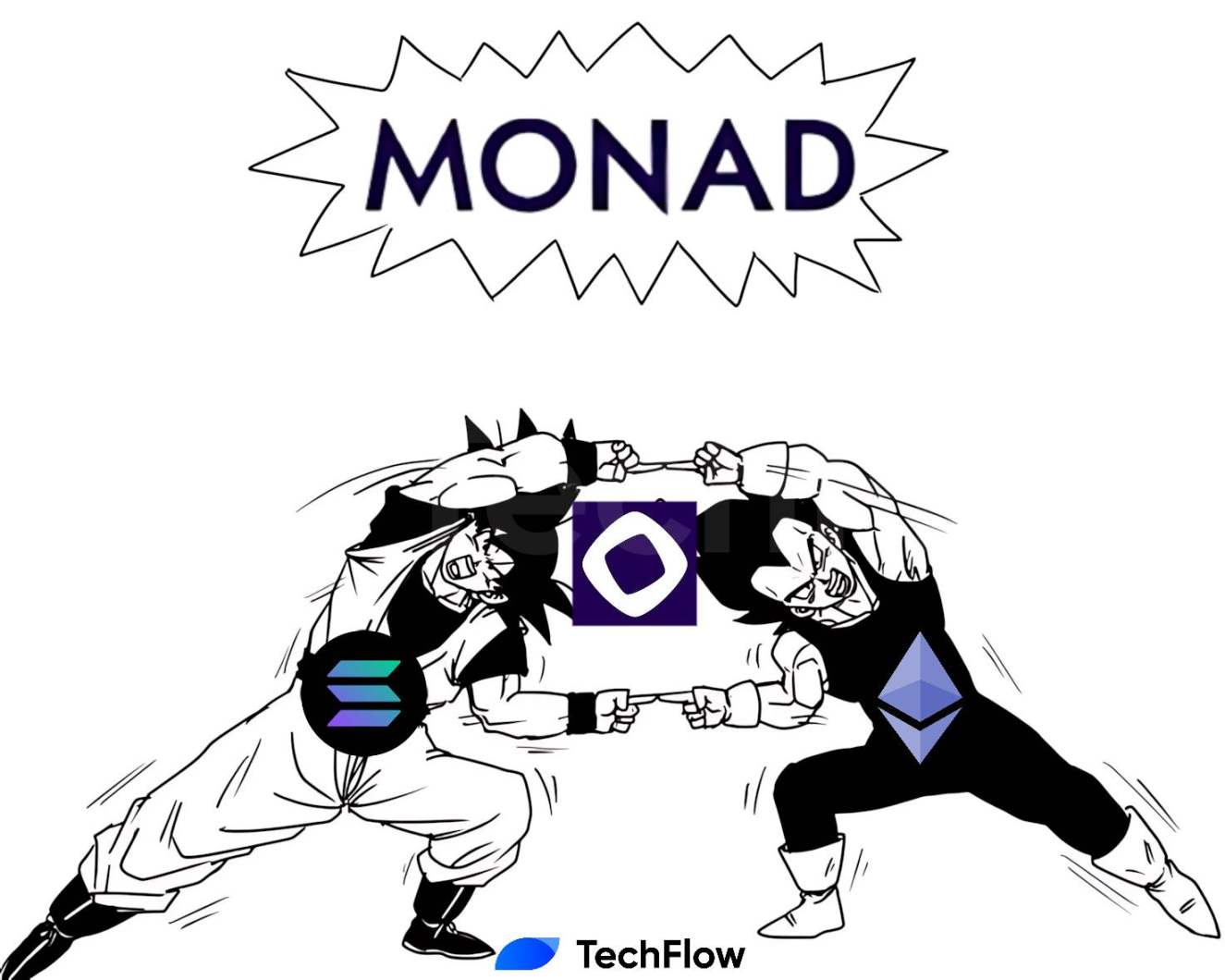
As one of the most popular public chains recently, Monad is often well-known for its "parallel execution". In fact, in addition to parallel execution, Monad DB and other innovations, Monad also claims to be the "fastest EVM". ”.
Monad is not simply copying Ethereum's code. It is compatible with the EVM ecosystem, but it has the high throughput and low latency genes of Solana. It was founded by former core members of Jump Trading and attracted the support of Solana star projects such as Phantom, Python, Backpack, etc.
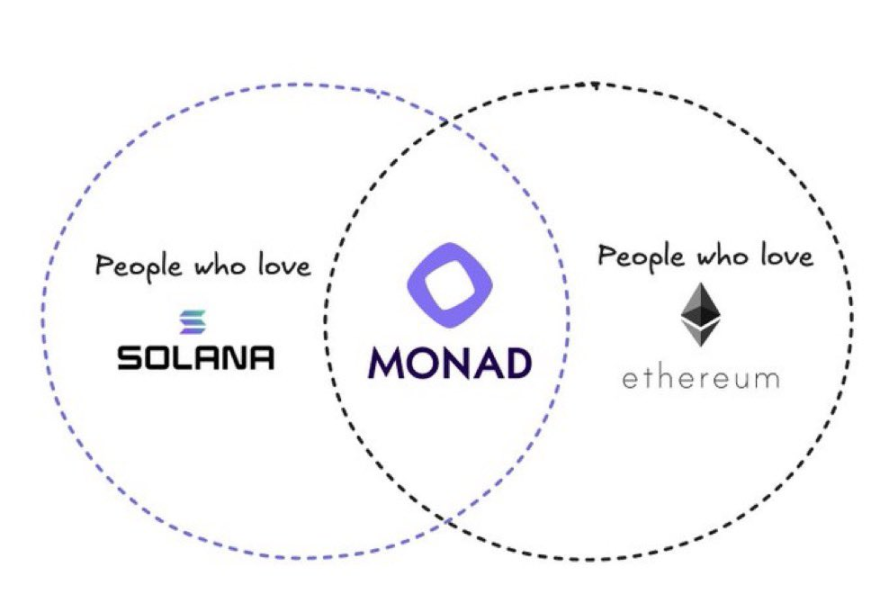
Monad's ambition is to allow EVM developers to compromise on performance and allow Solana's capital and innovation to take root in the EVM ecosystem. Whether Monad can become the next dark horse in public chains? As the test network arrives, let’s find out.
The survival rules of public chains: performance, ecology and wealth
effects
The ways to succeed are the same, and the reasons for failure are varied.
According to incomplete statistics, at least 10 public chain-level projects will launch tokens or launch test networks in Q1. How can we survive and build the ecosystem in such a fierce competition in the public chain track?
1. Real product orientation, not empty narrative.
Hyperliquid's success confirms this - its Layer 1 architecture designed specifically for the financial markets, directly hitting the needs of high-frequency traders with 200,000 TPS and sub-second delays. Public chains must solve practical problems rather than relying on empty marketing tactics.
True product orientation requires a solid technical foundation. A simple fork is not enough to make a public chain stand out or maintain long-term competitiveness. If you blindly pursue "institutional products" and ignore performance optimization and user needs, you will eventually be eliminated by the market.
2. Developers are the blood of the ecology
Before the main network is online, Base establishes in-depth links with developers through various types of popular science, incentives, Office hours, etc.
Solana has built AI and SocialFi into new eco-labels through Hackason and financial support. The development route of public chains must be closely in line with market trends, rather than working behind closed doors.
Activities such as Solana's Hackerschool, Sui's Pitch Day, etc. are all strongly supporting developers, injecting new vitality into the ecosystem, and fully reflecting the importance of developers in the ecosystem.
3. Wealth effect is hard currency
We must admit that in the public chain track, the importance of operations is as critical as the technology itself. Looking back at the previous Movement/Berachain and others, they also put a lot of effort into their operational strategies and successfully attracted a lot of attention.
The recent Solana Meme/AI coin frenzy (such as BOME, WIF), Virtuals' on-chain game token economy, and even $DEGEN on the Base chain have proved that the wealth effect is one of the core driving forces to attract users. The recent BNB Chain proves this even more. A "$TST" and a MyShell issue a new product, which directly mobilizes user sentiment.
A public chain without a "rich story" is destined to be difficult to break the circle.
Only by taking technological innovation as the underlying performance advantages, strongly supporting developers, and focusing on the wealth effect of assets can we achieve long-term healthy development of the ecosystem.
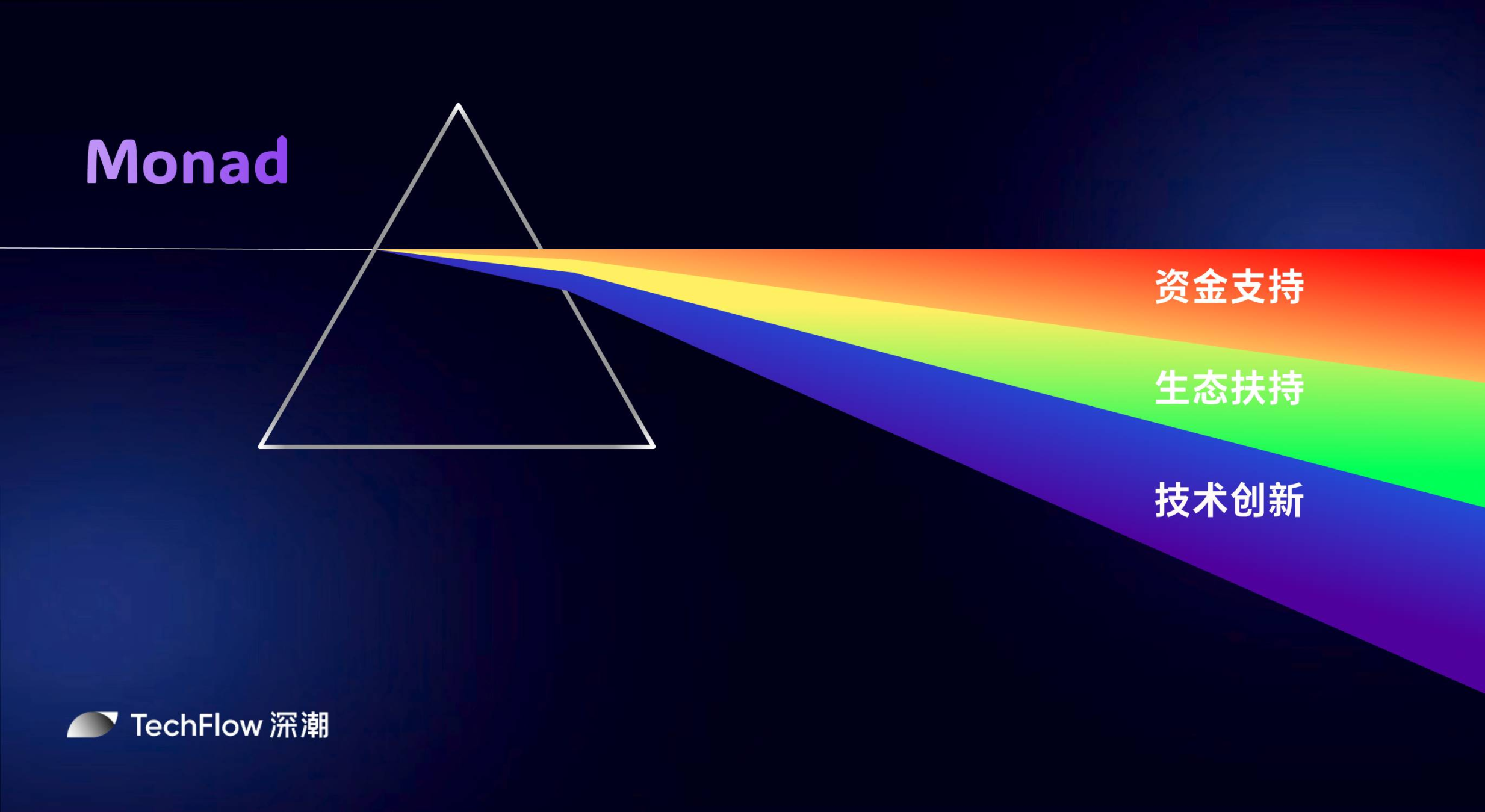
Bullish Monad: Why could it be the next breaker?
1.Technical innovation: When EVM meets high-frequency trading engine
Monad is not fork. In order to provide higher performance for EVMs, Monad has made four key native innovations to solve the limitations of existing Ethereum-compatible blockchains:
MonadDB Database: A customized state database optimized for EVM storage mode. Unlike traditional databases, MonadDB stores Merkle Patricia Trie structure directly on disk, reducing overhead and enabling efficient parallel state access.
Parallel Execution: Monad executes multiple transactions simultaneously, assuming the initial state remains consistent, thereby improving throughput. Ultimately, consistency is ensured by re-executing transactions with conflicting inputs.
Asynchronous Execution: By decoupling consensus from execution, Monad allows the entire block time to be used for transaction processing rather than interleaved execution during the consensus process, thereby greatly improving the computing bandwidth of the network.
Monad BFT: The Byzantine fault-tolerant consensus mechanism based on HotStuff reduces the communication phase from three to two, pushing the rounds with actual network delays and improving performance. This consensus mechanism requires only modest hardware, allowing anyone to run nodes easily.
More details are referenced: https://docs.monad.xyz/
These innovations allow Monad to achieve superior performance on a fully EVM-compatible basis, ensuring developers can easily migrate their applications without any modifications. This not only breaks the performance bottleneck of EVM, but also provides strong support for developers and ecosystem innovation, attracting more developers to join, and becoming an important foundation for the thriving ecosystem.
**2. Ecological support: centered on Builder, providing unlimited
innovation space**
Mach, Foundry, Madness, Jumpstart, Monad 101, evm/accathon... As an emerging public chain, Monad provides the most types of developers and project support plans.
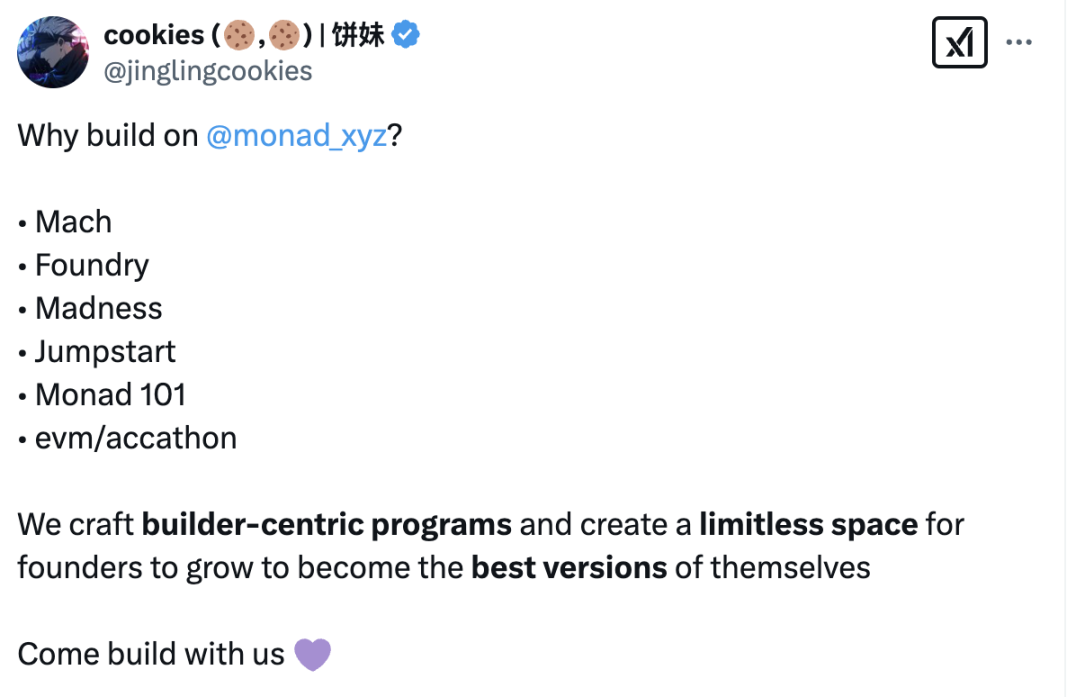
- Mach: Through the online Mach-1 & Mach-2 acceleration program, we provide teams with support for coaching, financing and other related aspects.
- Foundry: Inspire and innovate by providing co-work space for project partners.
- Madness: Monad's offline large-scale project roadshow has been held for two sessions in New York and Bangkok. More than 10 projects have been received on-site funding support by nearly one million US dollars. Monad Madness HongKong will be held in April.
- Jumpstart: Invite excellent Web3 Builder to provide development guidance for the Monad eco-project.
- Monad 101: offline activities of the Monad ecosystem provide developers and communities with opportunities to connect with each other.
- evm/accathon: Join multiple ecosystem partners to provide top support from the Monad team and top people in the encryption field.
Through diversified ecological support and community building, Monad provides developers with comprehensive empowerment. Obviously, Monad is not in a hurry to go online, but focuses on cultivating ecosystems, incubating innovations, and especially supporting native projects. This is also the embodiment of Monad's long-termism.
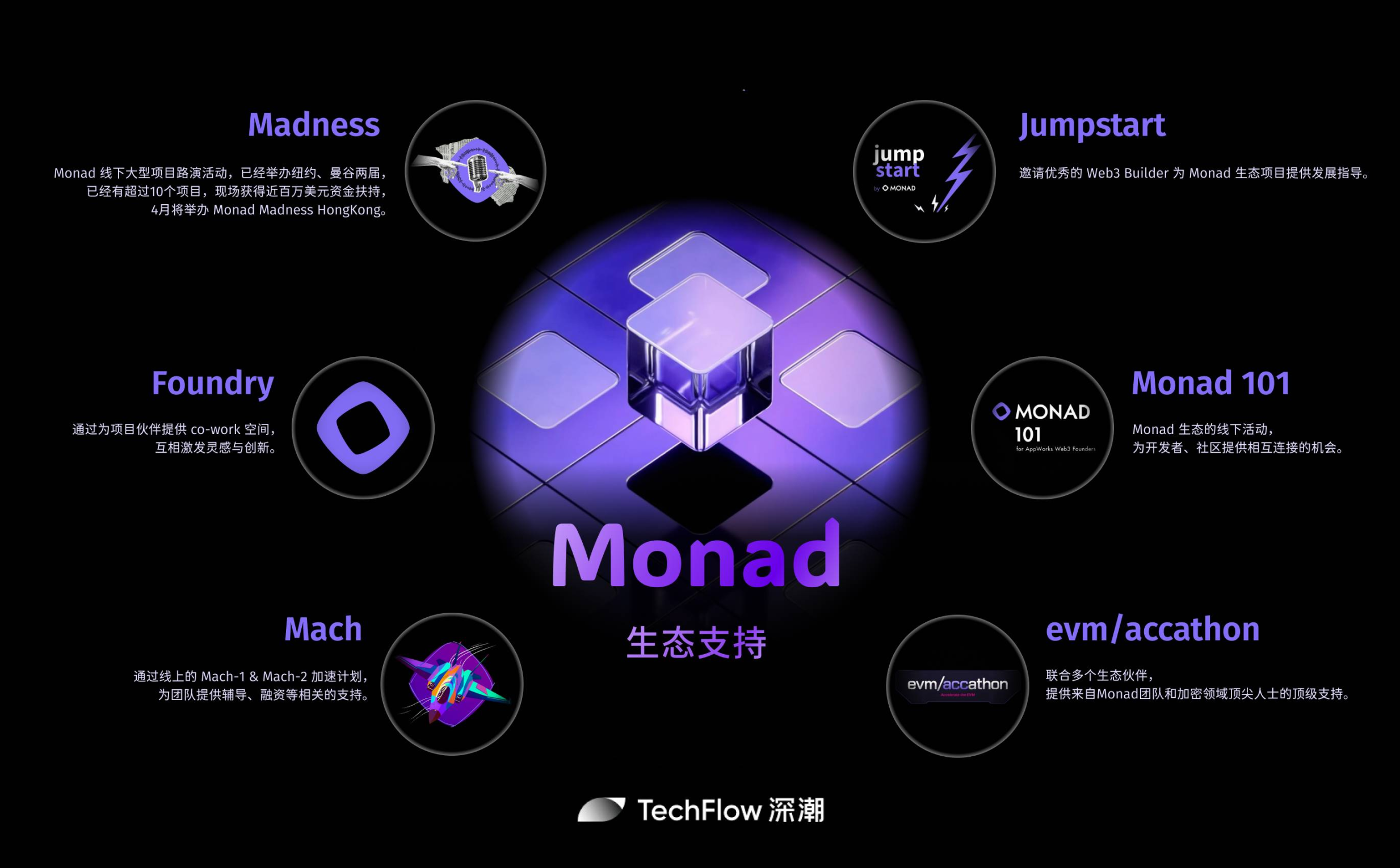
The Monad ecosystem has seen several iconic projects, such as:
- Innovative CLOB protocol Kuru;
- MEV&LSD protocol aPriori with financing of over ten million;
- Token issuance has become a gamified Launchpad Nad.fun that "groups to fight monsters";
- Mozi Wallet that lowers the threshold for Web3 usage through Telegram integration and gamified revenue management;
- Trading "narrative" and can be added with leverage Narrative;
Although these projects may be difficult to surpass Solana's leading applications in the short term, they are building a unique ecological label and innovation for Monad.
3. Funding logic: Solana’s genes and capital support
Monad’s founding team comes from Jump Trading, a high-frequency trading giant once a major driver of Solana’s early days. Jump's background injects two major genes into Monad:
- Technical strength: From parallel execution to pipeline optimization, Monad's architectural design clearly bears the imprint of high-frequency trading;
- Capital Network: Backpack / Phantom Wallet has publicly announced that it will support Monad as soon as possible, and Python oracles will also give priority to Monad... These "old friends" of the Solana ecosystem are paving a golden track for Monad.
In addition, Monad's $225 million financing (from top institutions such as Paradigm and Dragonfly) provides sufficient ammunition for its ecological support. Just as Multicoin cultivated the Solana ecosystem back then, Monad's capital is replicating this path.
Standing at the intersection between EVM and Solana, reshape the spring
of EVM
Injecting Solana performance into EVM is not just narrative.
Solana represents high performance; EVM represents more developer-friendly.
More importantly, Monad is not any fork, but redesigns the underlying EVM architecture through native innovation, which also allows EVM to compete head-on with Solana for the first time.
It is neither a replacement for Ethereum nor a replica of Solana, but a "new species" trying to bridge the two major ecological rifts.
For developers, Monad provides performance upgrades without compromise;
For capital, it is the continuation of Solana gene in the EVM ecosystem;
For users, it is a low threshold and high interactive on-chain life entrance.
The challenge remains: How to balance decentralization with high performance? How to avoid being caught in the doubts of "capital game"? How to build a unique advantage in the competition with Solana and Hyperliquid?
Can Monad rebuild the golden age of EVM?
The emergence of Monad injected a shot of a heart-warming injection into the EVM ecosystem. When the fastest EVM meets Solana's capital and innovation, this experiment may redefine the rules of public chain competition.

